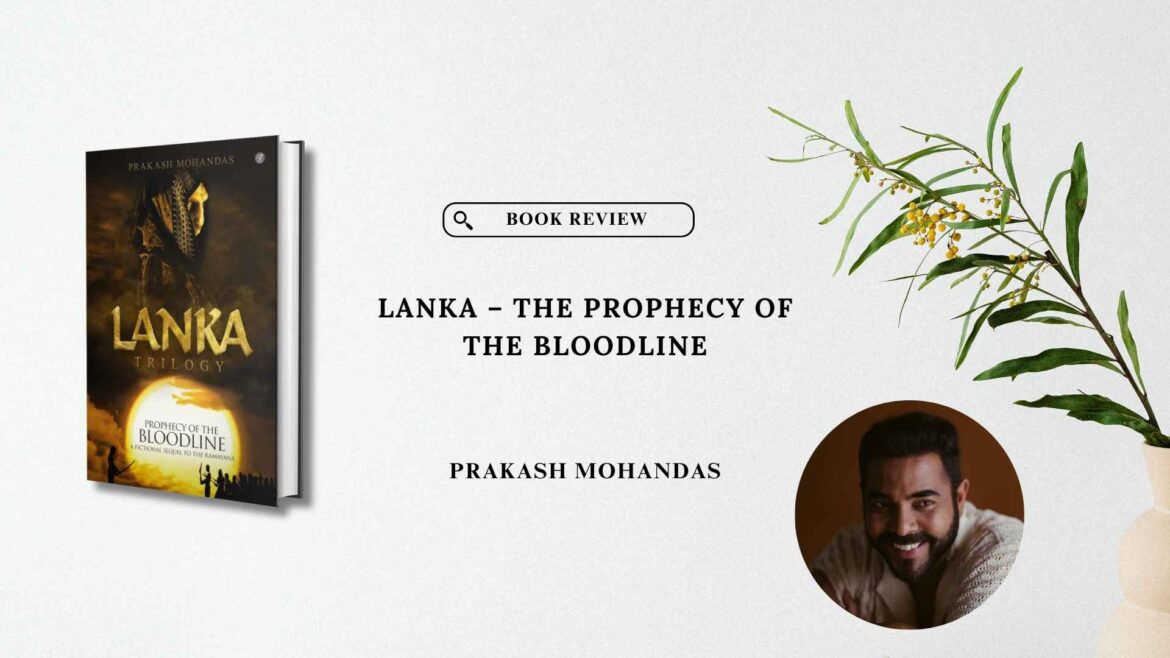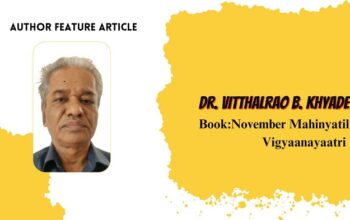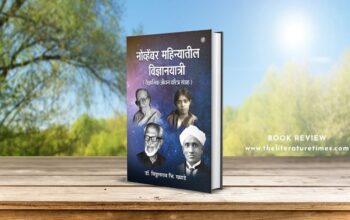Lanka – The Prophecy of the Bloodline by Prakash Mohandas is a masterful piece of mythological fiction that dares to ask the question rarely explored in mainstream retellings of ancient epics: What happened after the Ramayana ended? While many stories glorify the triumph of good over evil, Prakash delves into the shadows that linger even after the war drums fall silent. With bold imagination and a fresh narrative lens, he crafts a compelling continuation of the Ramayana’s legacy — one where victory is not the end but merely the beginning of another chapter.
Set in the aftermath of the epic battle between Lord Rama and Ravana, the story begins with Lanka recovering under the just reign of Vibhishana, Ravana’s brother. But peace, as the reader soon learns, is transient. The sinister return of Shurpanakha, Ravana’s shrewd and manipulative sister, quickly throws the kingdom into chaos. Unlike most depictions that relegate her to a minor, vengeful character, Prakash brings Shurpanakha to the forefront — not as a caricatured villain but as a formidable political force with intricate motives. Her rise to power and strategic manipulation of events, including Sita’s kidnapping and Ravana’s death, are presented not as coincidences or impulses of the past but as calculated moves in her grand pursuit of the throne. This reimagination is perhaps one of the book’s greatest strengths — challenging perceptions, subverting tropes, and presenting characters in greys instead of black and white.
Shurpanakha’s arc is both enthralling and terrifying. She is not evil for evil’s sake. She is driven by ambition, desperation, and a single-minded belief in her destiny to rule Lanka. The prophecy at the heart of the novel becomes the thread that binds all characters together. It foretells the rise of a royal bloodline, one destined to restore balance and peace. Naturally, those who are aware of the prophecy, like Vishwamitra and Shurpanakha, either seek to fulfil it or manipulate it to their advantage. The concept of a divine prophecy is not new to Indian mythological fiction, but the way Prakash weaves it into the political and emotional drama of the Rakshasa clans is refreshingly original.
Lanka is no longer a single kingdom; it is a fractured land with deep fault lines between the Mayas — corrupted, enslaved, and ruled under Shurpanakha’s dark influence — and the Lankans, noble descendants banished to the forests under the leadership of the heroic Maveera. This dichotomy sets the stage for the novel’s central conflict — not just of war, but of identity, legacy, and belonging. The impending clash is more than a physical battle; it is a war of ideologies, bloodlines, and destinies.
Maveera is an engaging character — strong, principled, and inspiring — yet his journey is riddled with emotional weight and responsibility. The way he embraces his leadership role and interprets the prophecy is subtle, layered, and devoid of melodrama. He’s not a cookie-cutter hero, and that makes his character believable and relatable. The story gains further emotional depth as other characters gradually reveal their personal stakes in the prophecy. Vishwamitra, the sage and spiritual guide, acts as the moral compass of the tale, offering wisdom but never overshadowing the agency of the younger generation.
Another unique layer in Lanka is the treatment of motherhood and feminine power. Shurpanakha’s desire to bear a son who would be her legacy is more than just a political move — it is rooted in deep personal longing, shaped by societal expectations, and tragically laced with the flawed belief that only a male heir can preserve her rule. Her story, though antagonistic, carries a raw emotional truth about ambition, motherhood, and the hunger for validation in a world that has long dismissed her. Her character is monstrous in ambition but unmistakably human in emotion, which makes her one of the most memorable female leads in modern Indian mythological fiction.
The language of the book is lucid yet immersive. Prakash Mohandas doesn’t burden the narrative with archaic or overly poetic prose. Instead, he focuses on keeping the pace tight and the imagery strong. The dialogues are well-written, and the action sequences are vivid, cinematic, and intense without being overwhelming. The world-building is another feather in his cap. From dense jungles to cursed palaces and spiritual caves to battlefield landscapes, every setting feels alive and integral to the story.
What stands out most in Lanka – The Prophecy of the Bloodline is its ability to seamlessly merge ancient lore with contemporary storytelling techniques. It balances political intrigue, family drama, action, and spiritual insight with finesse. Prakash Mohandas has managed to create not just a sequel to the Ramayana but an entirely new universe where legacy and prophecy intertwine, where power can corrupt or heal, and where the boundaries between good and evil constantly shift.
In a genre that often revisits mythology with reverence but little innovation, Lanka dares to ask new questions, push boundaries, and explore untold consequences. It’s a gripping, thought-provoking, and richly imagined work that will appeal not just to fans of mythology, but to anyone who enjoys epic sagas, complex characters, and stories that leave you pondering the lines between destiny and choice. This is not just a continuation of an ancient tale — it is the birth of a new one.



